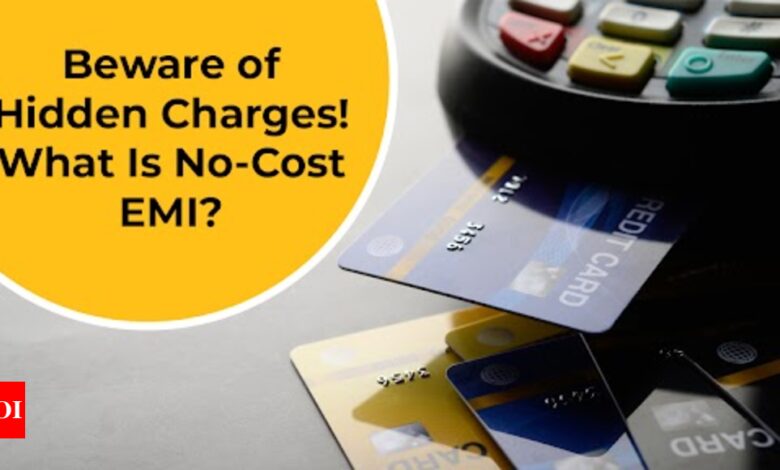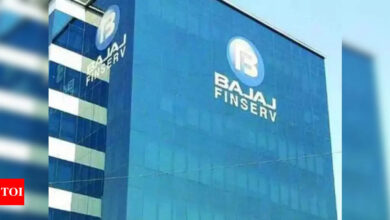Republic Day 2024 Sales: What is No-cost EMI? Must-know pricing structure, hidden charges, benefits and more

[ad_1]
Here’s what you need to know about no-cost EMIs, how they are priced, and what it means for consumers and financial institutions, as listed by ET.
Understanding No-cost EMI
No-cost EMI, also referred to as zero cost EMI or interest-free EMI, is a financing option allowing the cost of a product to be divided into EMIs without incurring extra charges beyond the agreed purchase price. This option is readily accessible both online and offline.
In the October 2023 Great Indian Festival sale, Amazon reported that one in four purchases was made using EMI, and three out of four products were sold through no-cost EMIs. Despite the attractiveness of no-cost EMI, consumers should stay alert to potential processing fees and hidden costs.
Hidden charges and pricing structure
No-cost EMI schemes advertise 0% interest, but concealed charges like processing fees reveal a different story. In 2013, the Reserve Bank of India cautioned against such schemes for breaching fair pricing practices. The term “no-cost EMI” is deceptive, as interest costs are embedded, whether visible or not. Manufacturers and merchants, not consumers, bear these costs, impacting their profit margins. Some deals may lack upfront payment discounts, affecting buyers. Zero percent EMI on credit card outstandings often hides interest within processing fees.
The cost is incorporated into the EMI, though the breakdown may not be immediately apparent. This can influence the overall cost of the product, with sellers often absorbing the interest component to attract more buyers.
RBI’s role in ensuring fair practices
In April 2022, the RBI reiterated its call for transparency in converting credit card transactions to EMIs. It urged card issuers to clearly outline the principal, interest, and upfront discounts before conversion, seeking disclosures to prevent disguising interest as zero-cost EMI.
Previously, the RBI discovered instances where merchants charged customers a fee as a percentage of the transaction value for goods purchased through debit cards. Deeming these fees “not justifiable” based on bilateral agreements between acquiring banks and merchants, the RBI requested the termination of relationships between banks and such merchants.
Furthermore, the RBI emphasised that, for retail products, interest rates are generally uniform and not based on individual customer risk profiles. Some banks had previously included expenses like DSA commission incurred in loan sourcing in the interest rate applied to the product.
Benefits for lenders and sellers
Lenders and sellers derive benefits from the income generated through processing fees, even when consumers take advantage of discounts through EMI options. The costs associated with financing are included in the selling price of the product, allowing sellers to boost their sales volume. Although sellers may counter increasing interest rates by raising product prices, consumers experience enhanced liquidity and can earn reward points.
Impact of RBI’s increased risk weight
The RBI’s increased risk weight on unsecured loans, such as personal and retail loans, can influence no-cost EMI schemes. Elevated risk weights may result in higher interest rates on these loans, impacting sellers who might raise product prices to uphold net realisations.
#Republic #Day #Sales #Nocost #EMI #Mustknow #pricing #structure #hidden #charges #benefits





